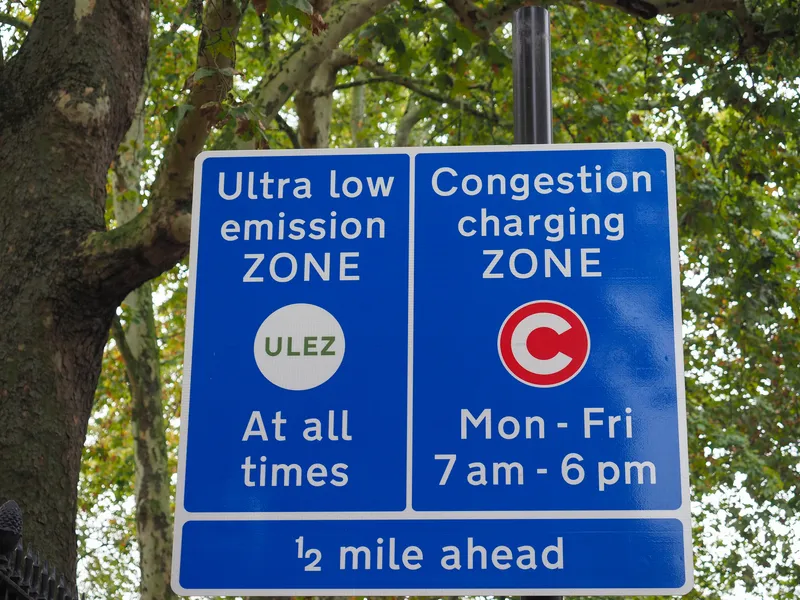Join Adam Hill, editor of ITS International Magazine, for a quick rundown on today's newsletter. To subscribe for our newsletter click the link: https://www.itsinternational.com/form/enews_sign_up
June 6, 2024







